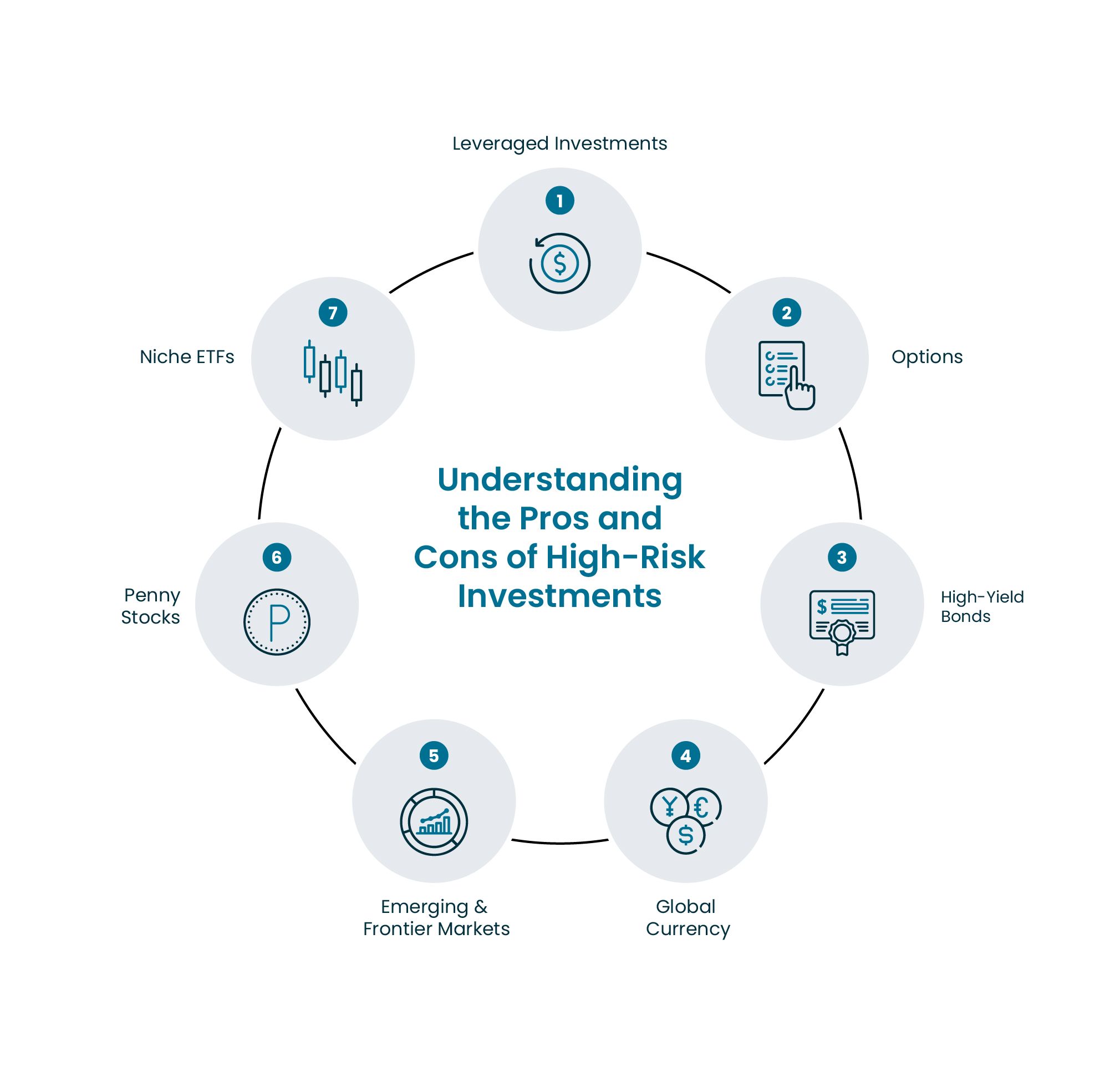Cash Balance Pension Plans Can Benefit Doctors, Lawyers and Small Business Owners
Five Reasons to Consider this Defined-Benefit Plan for Your Business
Many small business owners, including doctors and lawyers in private practice, can benefit from a cash balance pension plan. These plans offer significant tax deductions and accelerated retirement savings, making them especially beneficial for those with retirement looming in the near future. What’s more, this defined-benefit plan with a 401(k) twist can help you meet the needs of your employees, too. Many high-earning professionals are unaware of this option, though it offers benefits from both the retirement planning and tax avoidance standpoints.









